Q: My baby is sick (or I am sick, or my other kids or significant other is sick), but I really want to come to the meeting. What do I do?
A: We know you really want to come, but please plan on skipping the meeting. There is lots of hands-on instruction at meetings, plus lots of older kids running around, playing and sharing toys - and germs! Please use your best judgment and err on the side of caution. If you come in with germs, there is an excellent chance that at least one other family is leaving with them. We love sharing, but not that kind!
We have several meetings every month, so check our calendar to see if another monthly meeting works for you when you are feeling better. Otherwise, plan on coming the next month.
If you need to return a carrier, see below.
Q: I have a carrier to return, but I am sick or our family has been sick while we've had it. What do I do with my "sick carrier"?
A: If you are able to get to a meeting (maybe your illness has passed, or maybe you are well enough to get out of the house to come in and quickly drop off the carrier, but not attend), you are welcome to drop it off at a meeting. Please place it in a plastic bag and make sure that the VBE you return it to knows it's a sick carrier (maybe even put a sticky note inside?) so we can wash it before passing it on to another family.
Can't make it to the meeting it's due at? Many of our VBEs are happy to have you drop off a carrier at their home or workplace if you cannot make it to a meeting. Please message the page or a VBE who you know is local to you and see if you can arrange a drop off. If you are dropping off a sick carrier, please make sure we know it's sick and get it to us in a plastic bag so that we can wash it.
**If you have a sick or dirty carrier and are comfortable washing it, please follow these instructions.**
First, please let us know if you want or need to wash a carrier. The below instructions are general, but we do have some carriers that require special washing instructions. Please message the group Facebook page or contact one of your local VBEs if you feel you need to wash a carrier. We know these are tools used for babies and toddlers, so they will get gross and need a wash from time to time! The volunteers try to wash carriers periodically, but it can be difficult, espeically with a large library. It's good to give them a bath occasionally.
Wraps, Mei Tais, Ring Slings, and Pouches
1. If you have a pillow case or zippable washing bag, place the carrier inside the bag to protect it. This is more of a concern with traditional washing machines with a beater inside, but is smart for all machines. For all machines, when washing ring slings please either place inside a bag or place a tight-fitting sock over the rings after unthreading the carrier - this protects the rings from damage.
2. Wash on a gentle or delicate setting with a gentle detergent. NO BLEACH. NO FABRIC SOFTENER. (Bleach will cause the fabric to break down quickly and shorten the life of our carriers. Fabric softener is not recommended for baby clothing because of harsh chemicals. Some of our group's babies do have skin allergies, so we need to be careful. Fabric softener also adds a waxy coating that can negatively affect the grip of the carrier.)
3. For linen, cotton, and hemp blend wraps, you may choose to dry in the dryer on a low setting with NO DRYER SHEETS (see fabric softener notes above). Wool dryer balls are fine. Some carriers, such as our wool wraps, should never be put in the dryer. So when in doubt, ask us or line dry always.
4. Note that carriers will be a little "crunchy" after washing. They will re-soften with time and use. If you'd like to, you may steam iron any of the linen wraps to help soften them back up after a wash.
Soft-Structured Carriers
Please check with us and/or search online for the manufacturer's washing instructions. Some are machine washable, and some recommend hand-washing only or may need pieces removed or covered before washing.
Feel better soon! <3

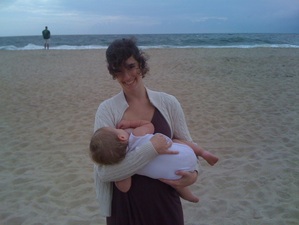
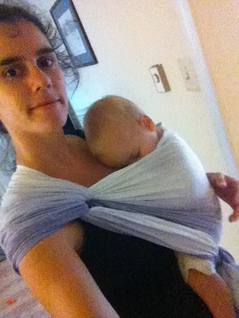
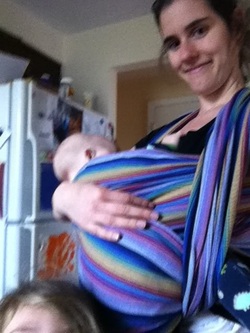
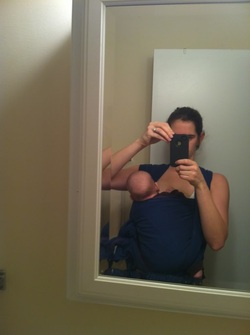
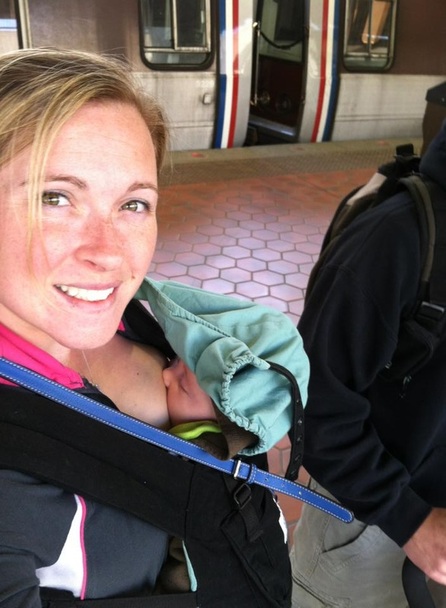
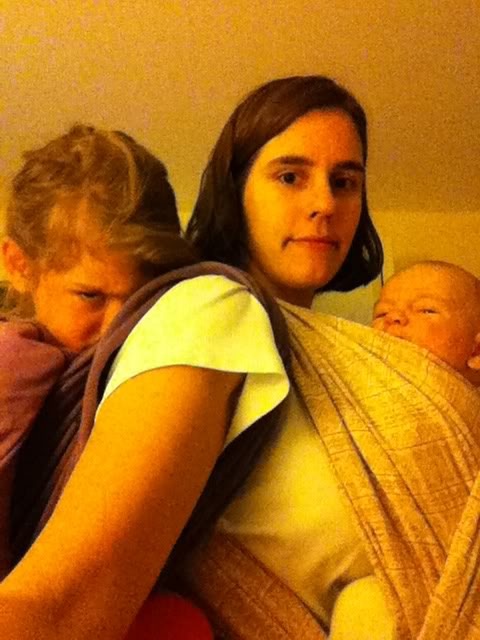
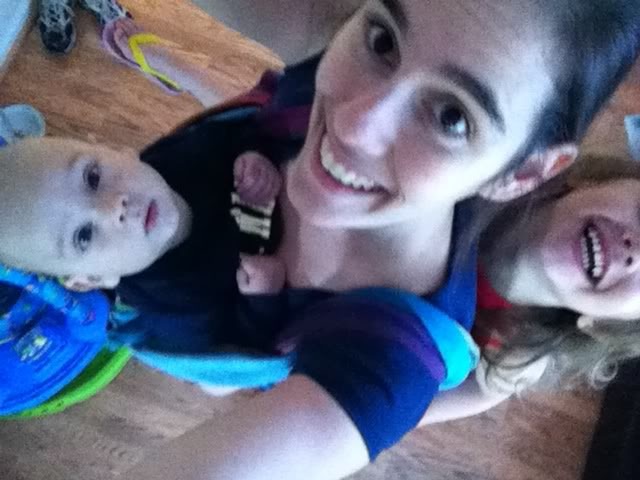

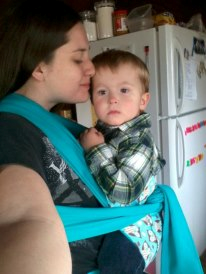
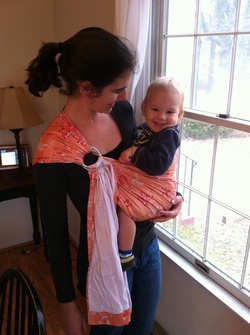
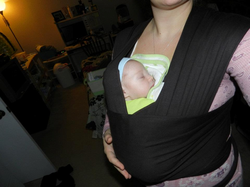


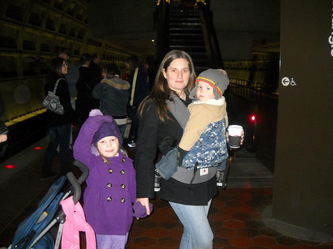



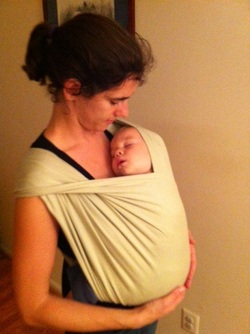
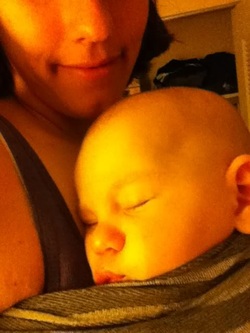
 RSS Feed
RSS Feed
